10 things you need to know before buying an air purifier
Helpful tips on how to choose an air purifier
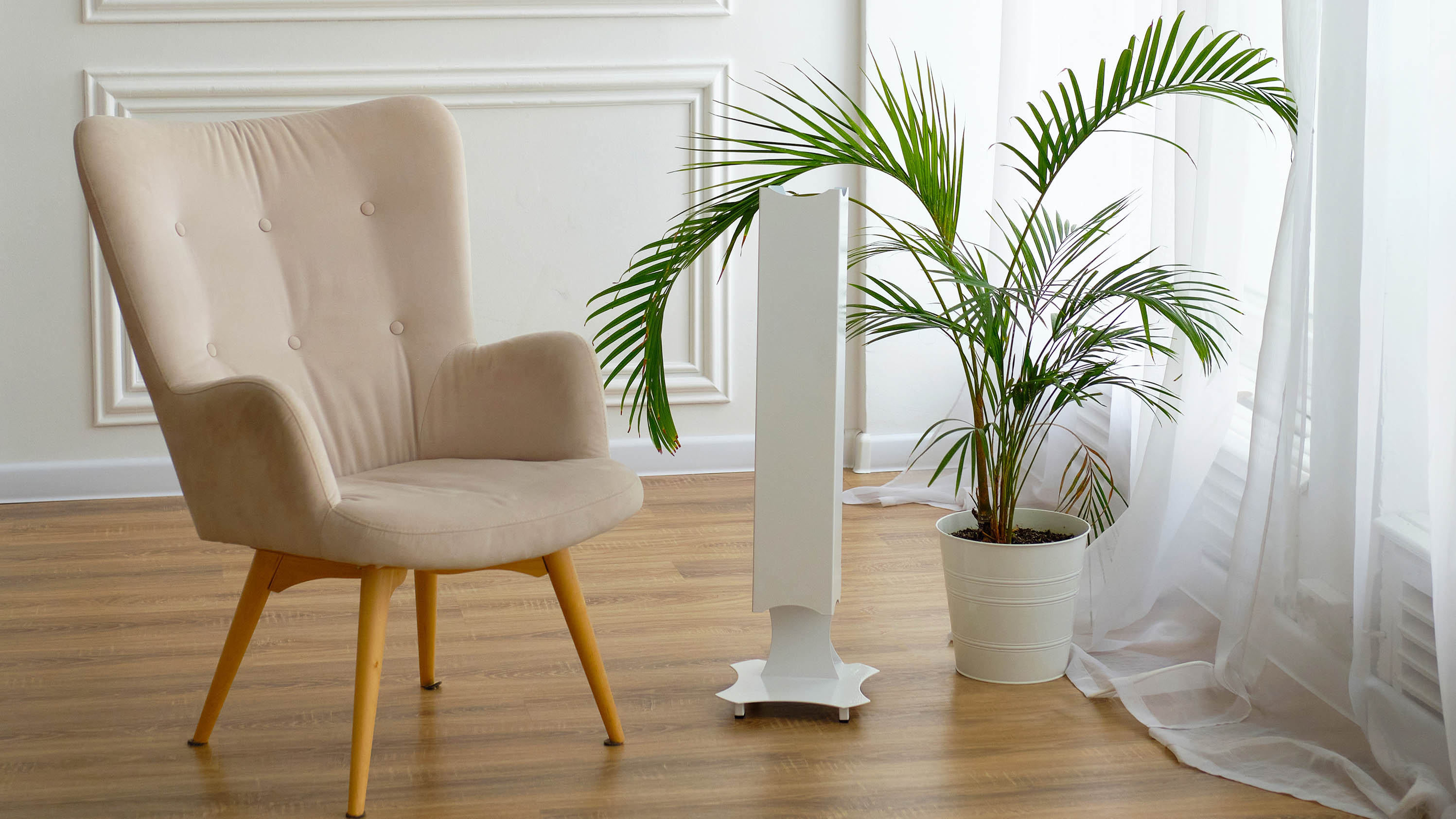
Air purifiers have spiked in popularity since the pandemic and the fact that more of us are working from home than ever before. An air purifier will essentially filter any airborne pollutants from your air, such as smoke, pollen and dust, and some have also been advertised as capable of capturing particles carrying the COVID-19 coronavirus.
Because of this, there’s more air purifiers on the market than ever before. But, how can you actually tell the difference between these models? Here, we will break down everything you need to know when it comes to picking out an air purifier, including how to tell which will help you breathe easier and suit your room size. That way you can find the best air purifier for your home, whatever your budget and needs.
Be sure to also check out 9 ways to fight allergy season.
Quick tips for choosing an air purifier
Why you can trust Tom's Guide
- Figure out where you want to place your air purifier so you can choose one that suits the room size.
- Look for an air purifier that's good at filtering out pollutants specific to your home or health needs (removing pet dander or cigarette smoke, for example).
- Compare CADR ratings, which show how quickly the air purifier can filter air.
- Choose a device that uses a HEPA filter, the gold standard for indoor air purifiers.
- Look at noise levels (listed in decibels) in product specs. Depending on where you're using your air purifier, you may want a quieter device.
- Calculate the air purifier's ongoing maintenance and electricity costs so you can budget beyond your initial purchase.
1. Choose the right air purifier for your room size
The first step to filtering out air purifiers (no pun intended) is figuring out how much space you want your device to clean. Small desktop devices aren't effective in large living spaces, while larger, heavy-duty air purifiers may be overkill in your kid's bedroom.
One way to find the best fit is to look at "air changes per hour." This metric may be included in your air purifier's specs. It can help you understand how filtration works in practice, as a smaller air purifier could turn over the air in a 350-square-foot room eight times in an hour but manage just four air changes per hour in a 700-square-foot room.
You can also compare clean air delivery rates (CADR), which we'll get into below.
2. The types of pollutants filtered out by air purifiers
Some air purifiers are better at filtering out certain types of pollutants than others. If your main concern is cigarette smoke, for example, you may need a different device than someone who lives with a lot of pets.
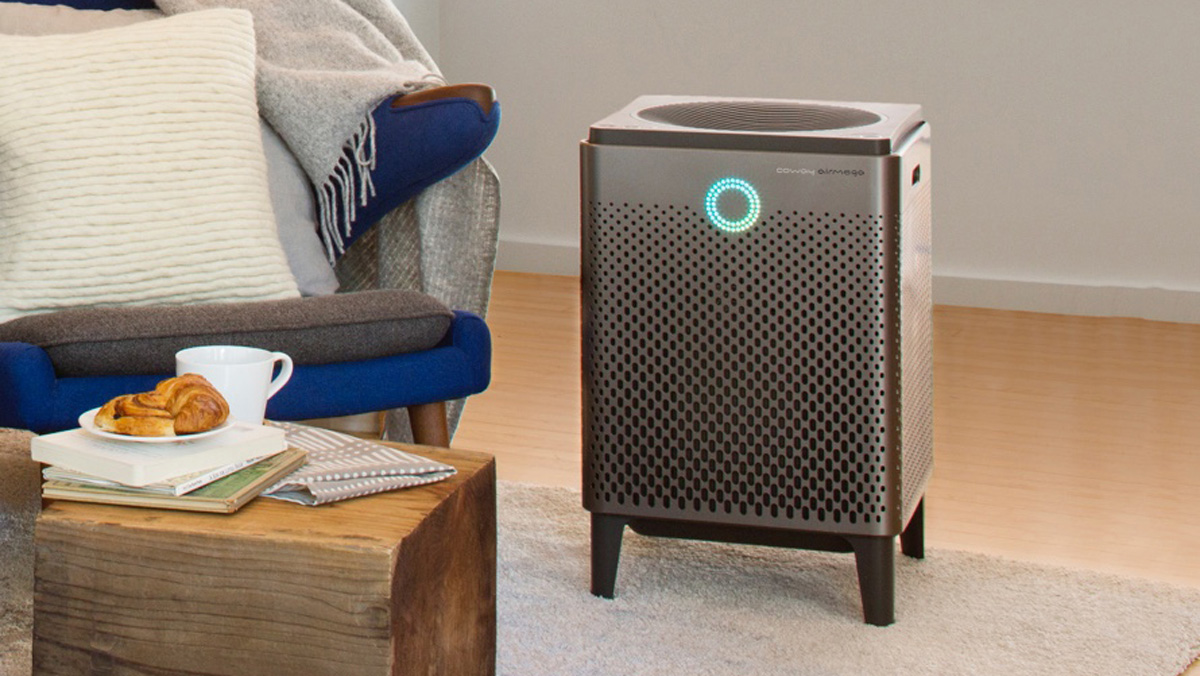
Air purifiers are rated based on how well they filter different pollutant sizes. While most air purifiers are similar across the board, some are slightly more effective at catching dust and dander than smoke (or vice versa).
If odors are a concern, you'll want to find a purifier that has an activated carbon filter, such as the Coway Airmega 400.
If you're aiming for general air-quality improvement, look for a purifier, such as the Coway AP-1512HH Mighty, that performs well across the board.
3. What an air purifier's CADR rating means
Most air purifiers are labeled with a clean air delivery rate (CADR) number, a metric developed by the Association of Home Appliance Manufacturers (AHAM) that helps consumers understand how effective a device is at filtering various particles in a specific room size.
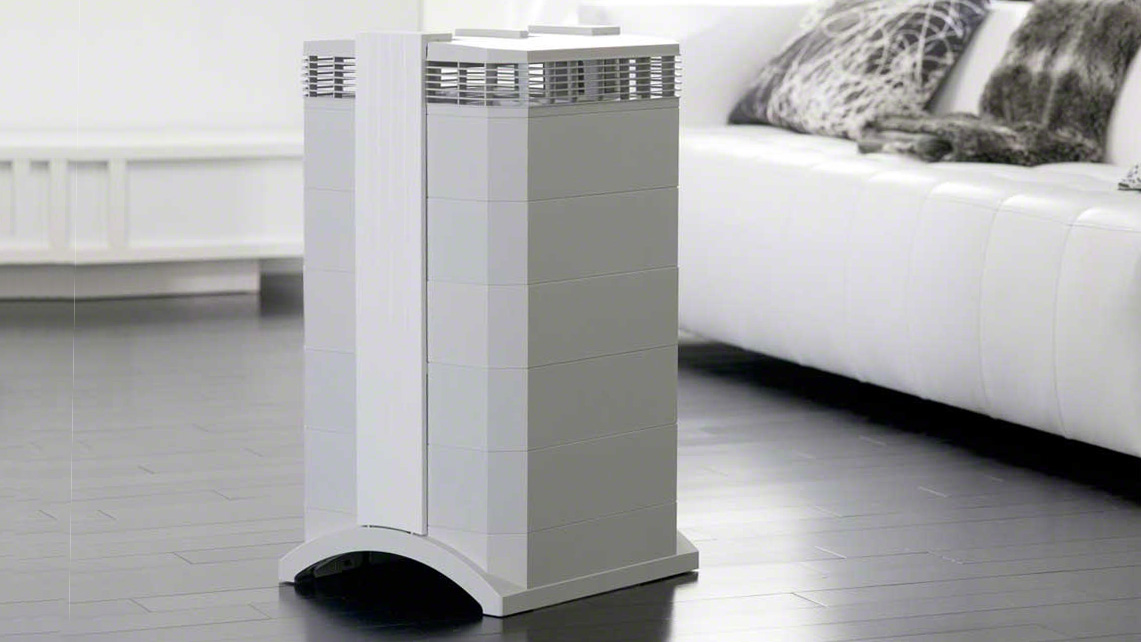
For example, a CADR of 200 for pollen means that the air purifier can reduce the pollen concentration at the equivalent of adding 200 cubic feet of fresh air per minute.
In general, the higher the number, the faster it can remove particles and the larger the room the device can reasonably be expected to clean.
If you're buying an air purifier to clean the air of a person who is sick with COVID-19, Consumer Reports recommends one with a CADR of 240 or above for its recommended room size.
The Environmental Protection Agency (EPA) offers these guidelines for minimum CADR ratings by room size:
| Area (square feet) | 100 | 200 | 300 | 400 | 500 | 600 |
| Minimum CADR (cubic feet per minute) | 60 | 130 | 195 | 260 | 325 | 390 |
Some air purifiers have a single CADR number, while others have different CADR numbers for smoke and similarly small particles, dust, and pollen and similarly large particles.
The EPA cautions that for a typical room size, most air purifiers don't have CADR ratings high enough to effectively remove large pollutants like dust mites and cockroach-related allergens.
MORE: 5 reasons you need an air purifier
Also, keep in mind that an air purifier's CADR rating reflects the best-case scenario. These numbers are determined in controlled testing environments. Variables in your home, such as drafts or dampness, may prevent your air purifier from hitting its optimal rating.
Finally, not every air purifier is tested using the CADR system. The manufacturer of the IQAir HealthPro Plus, one of our recommended models, has not submitted the device for AHAM testing. Read independent reviews to get an idea of how well an air purifier works in these instances.
4. The types of filters used by air purifiers
The air purifiers we recommend use mechanical filtration, meaning that their filters physically trap the pollutants that pass through them. Your air purifier likely has at least two such filters: a prefilter, which catches large particles like pet hair, and the main filter, which nabs smaller pollutants.
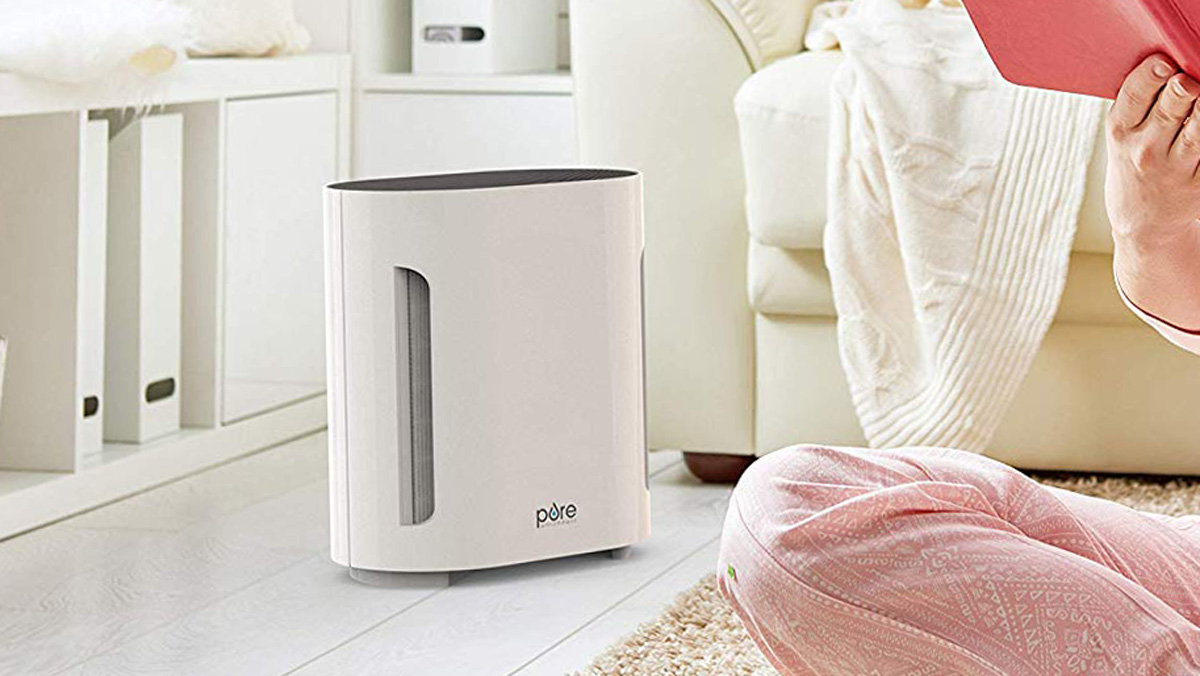
There's not much of a difference between prefilters. A few are washable (or vacuumable), while others are disposable. The latter may cost you a bit more in the long run, but otherwise, there's not much to compare.
What really matters is your air purifier's main filter. In general, you'll want to look for an air purifier that uses a high-efficiency particulate air (HEPA) filter, the standard recommended by the EPA and the American Lung Association.
MORE: How do air purifiers work?
HEPA filters trap 99.97% of particles that are 0.3 microns (millionths of a meter) or larger in size, and, for technical reasons, almost all particles that are smaller.
To put that in perspective, the smallest objects that the average human eye can see are around 70 microns in size. Human eyes may be able to distinguish light-scattering airborne particles that are as small as 10 microns in size.
You may find devices that advertise "HEPA-type" filters but that aren't actually rated to meet a HEPA filtration level. Since individual HEPA filters aren't tested, it's hard to say that merely HEPA-type filters will always perform more poorly than actual HEPA filters.
But your best bet is to go with a purifier that says it uses HEPA filters or "True" HEPA filters, which amount to the same thing.
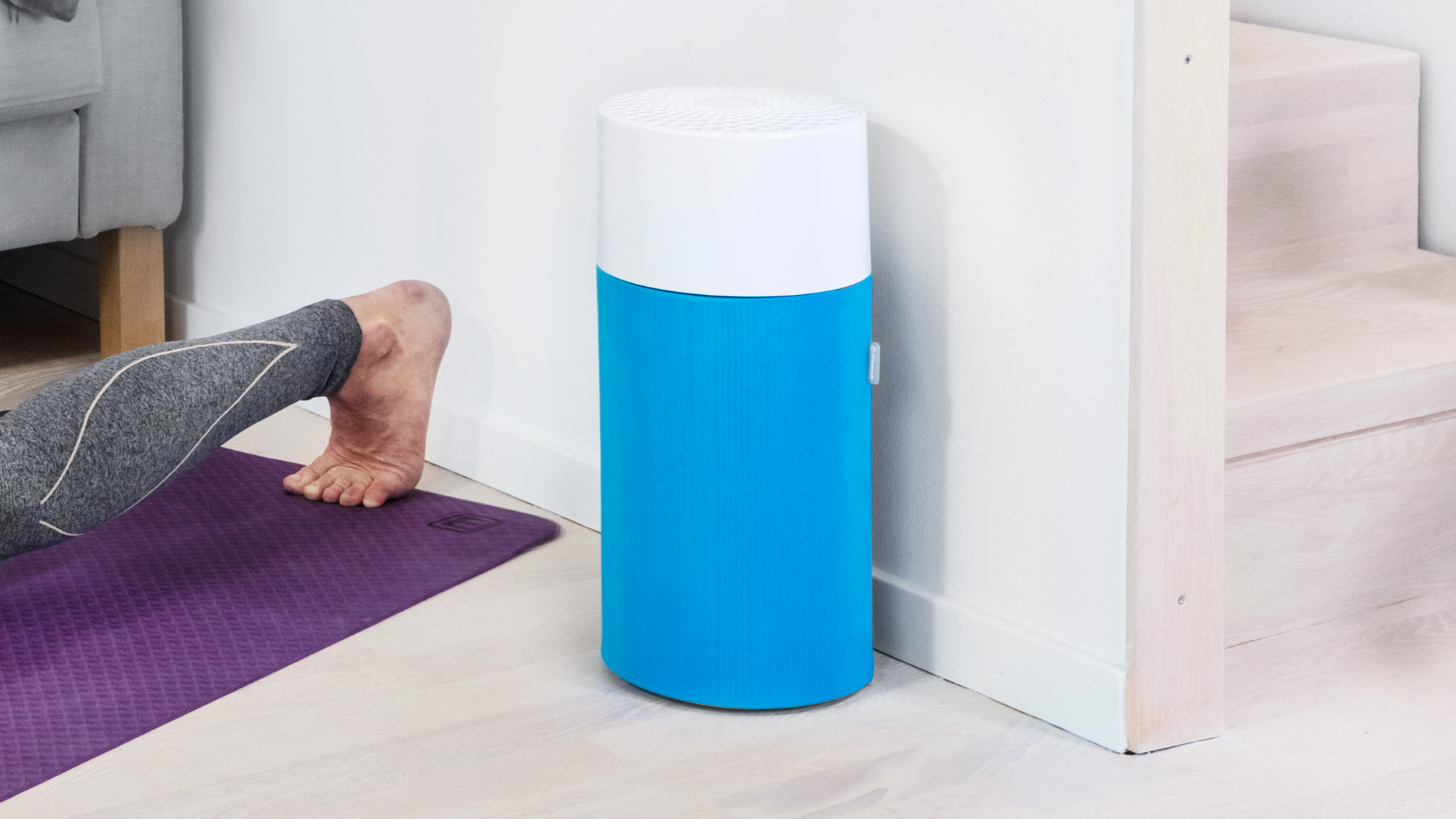
Some purifiers have additional filters, often made of activated carbon or charcoal, that trap gases, volatile organic compounds (VOCs) and odor compounds.
These extra filters can be helpful if you live with a smoker or have pets, but they are designed to absorb only a limited number of specific compounds and will have to be changed regularly to be effective.
Some air purifiers advertise filtration processes that rely on ionizers or ultraviolet (UV) light. The effectiveness of these devices isn't well demonstrated. They may also produce ozone, which is a lung irritant that could make any breathing-related problems worse rather than better.
The Coway AP-1512HH Mighty has an ionizer that can be switched off. The Blueair Blue Pure 211+ and Blueair Blue Pure 411 have ionizers built right into their proprietary HEPASilent filters, but their manufacturer says they produce very little ozone. The Pure Enrichment PureZone 3-in-1 True HEPA Air Purifier has a UV light.
5. How much noise do air purifiers make?
Most air purifiers have internal fans that pull air through a series of filters. Some of these fans are practically silent, especially on low settings. Others make a humming sound as you turn them up.
If you're using your air purifier in a bedroom or baby's room, for example, you may want to choose a device that's relatively quiet even at higher speeds.
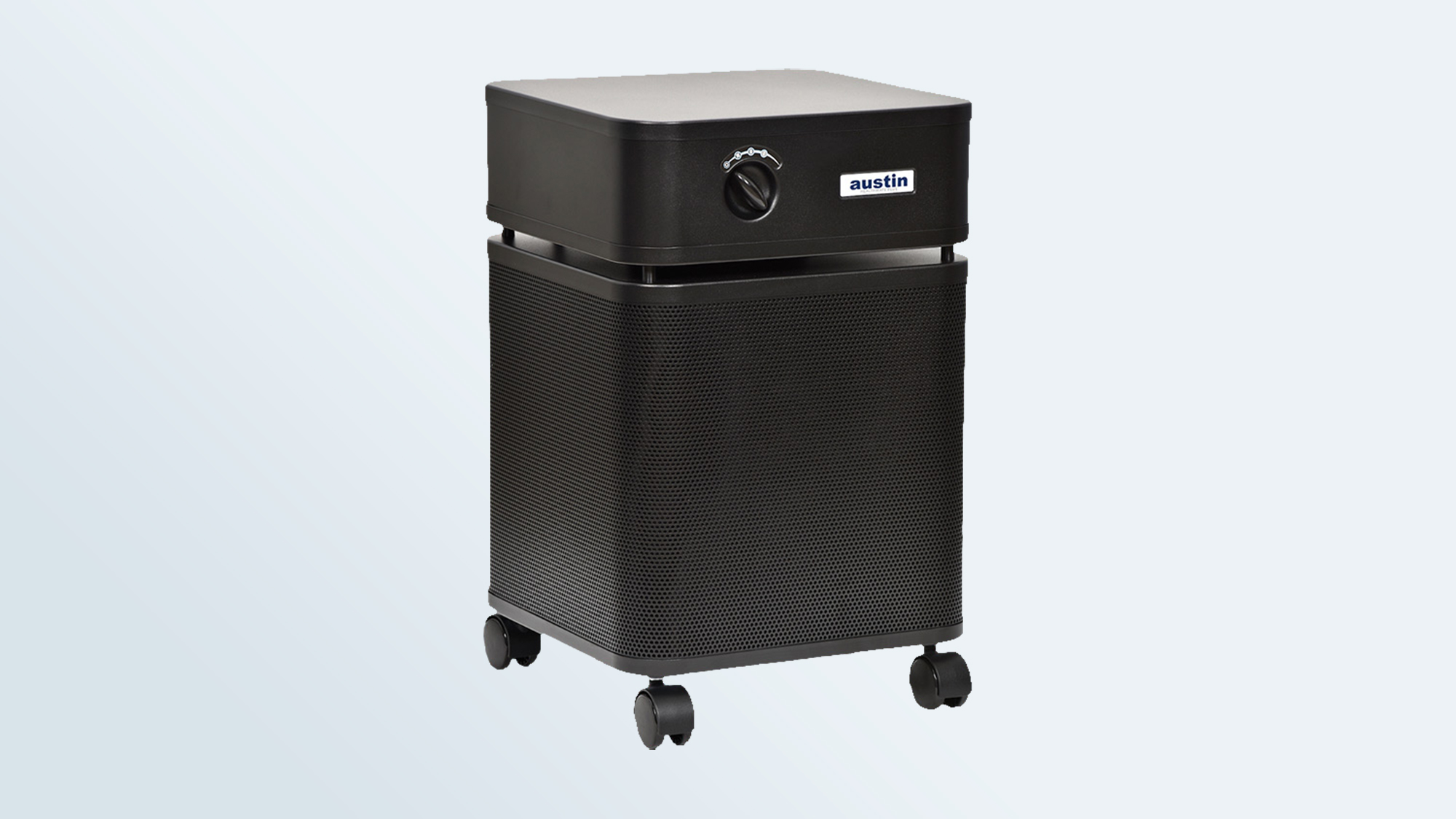
You'll find noise-level ranges measured in decibels in your device's specs. We've seen air purifiers, such as the Blueair Blue Pure 411, rated as low as 17 dB (similar to rustling leaves). Others, such as the Austin Air HealthMate HM400, can reach noise levels of more than 60 dB (akin to an AC unit 100 feet away).
6. How portable are air purifiers?
Some air purifiers are lighter and more mobile than others. The smallest air purifiers sit on a desk or shelf and are easily moved from room to room.
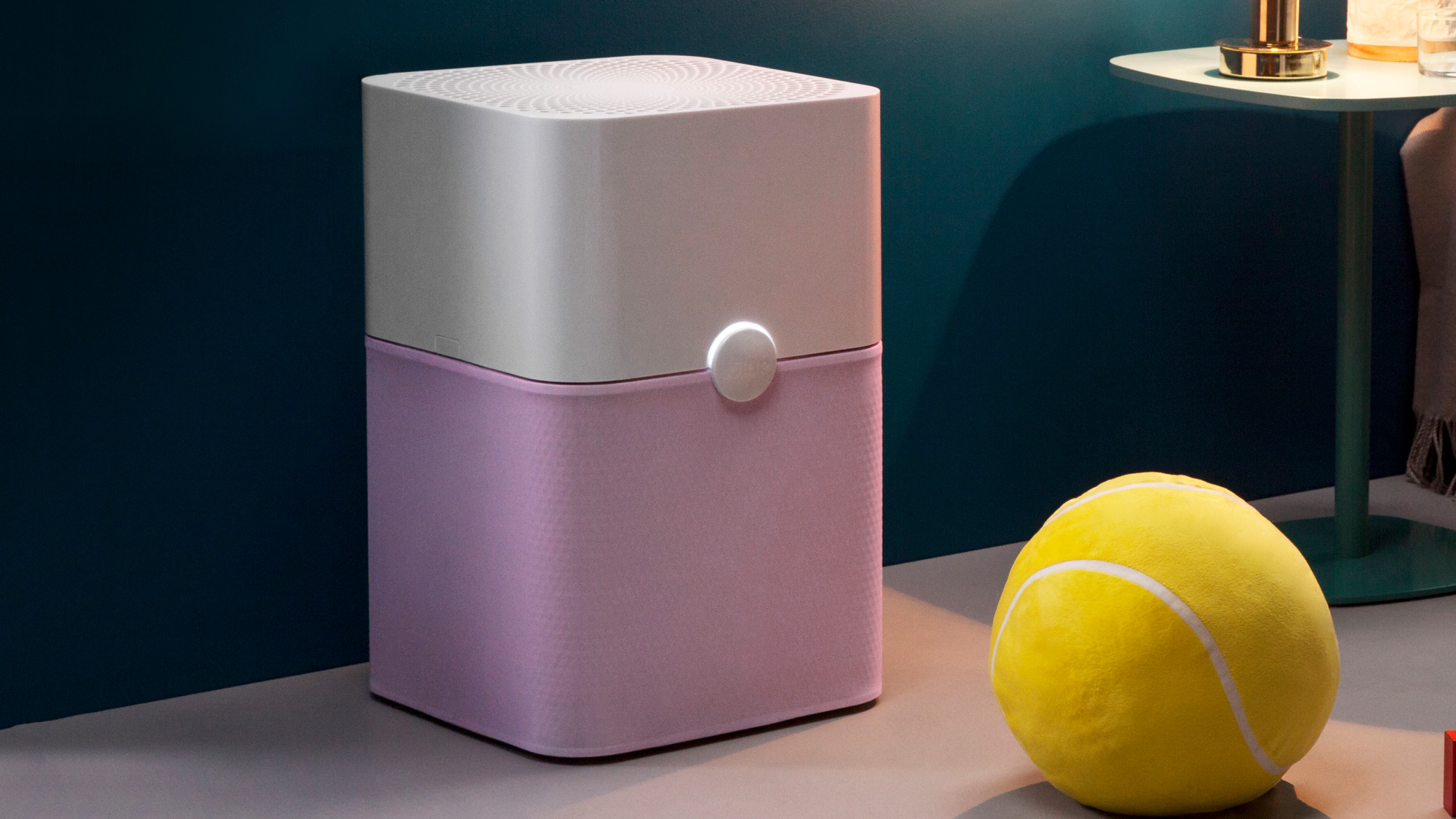
The larger and heavier air purifiers are best kept stationary, though some come with casters for portability. If you want to use your air purifier in your home office during the day, your living room in the evening and your bedroom overnight, look for a smaller device or one that rolls.
As we've mentioned, the size of an air purifier is loosely correlated to the size of the room it can effectively clean, so the best option for your nursery probably won't be the right choice for a family room that's three or four times larger.
You'll want to find a happy medium between size and portability if you plan to have one air purifier cover your whole home.
7. Air purifier maintenance
The up-front cost of your air purifier matters if you're on a budget, but don't assume you'll be done paying for the device once you have set it up in your home. You'll have to periodically replace the filters on an ongoing basis.
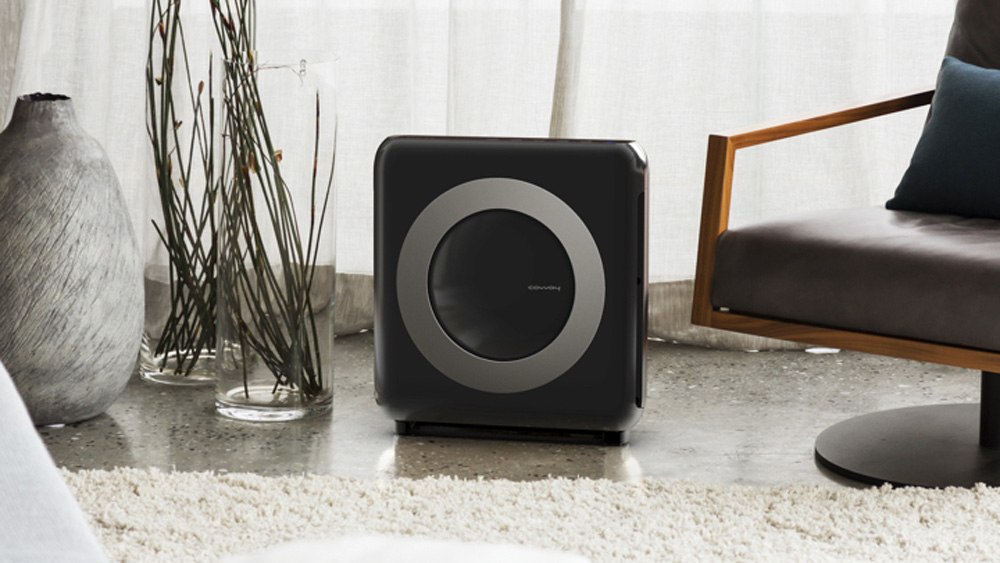
Filter-replacement costs vary from machine to machine: Some have very expensive filters that last for years, while others use cheap filters that have to be changed frequently. Plus, while some of the prefilters are washable, the HEPA filters themselves are disposable and must be entirely replaced.
Before you buy an air purifier, calculate the cost per year to maintain it, and compare that cost to those of any other air-purification device you might be considering.
8. Energy efficiency of air purifiers
Air purifiers are most effective when they're running almost constantly, so you'll also want to factor in electricity costs. Some of the air purifiers we recommend are Energy Star-certified, but each one pulls varying amounts of power depending on the fan speed you're using.
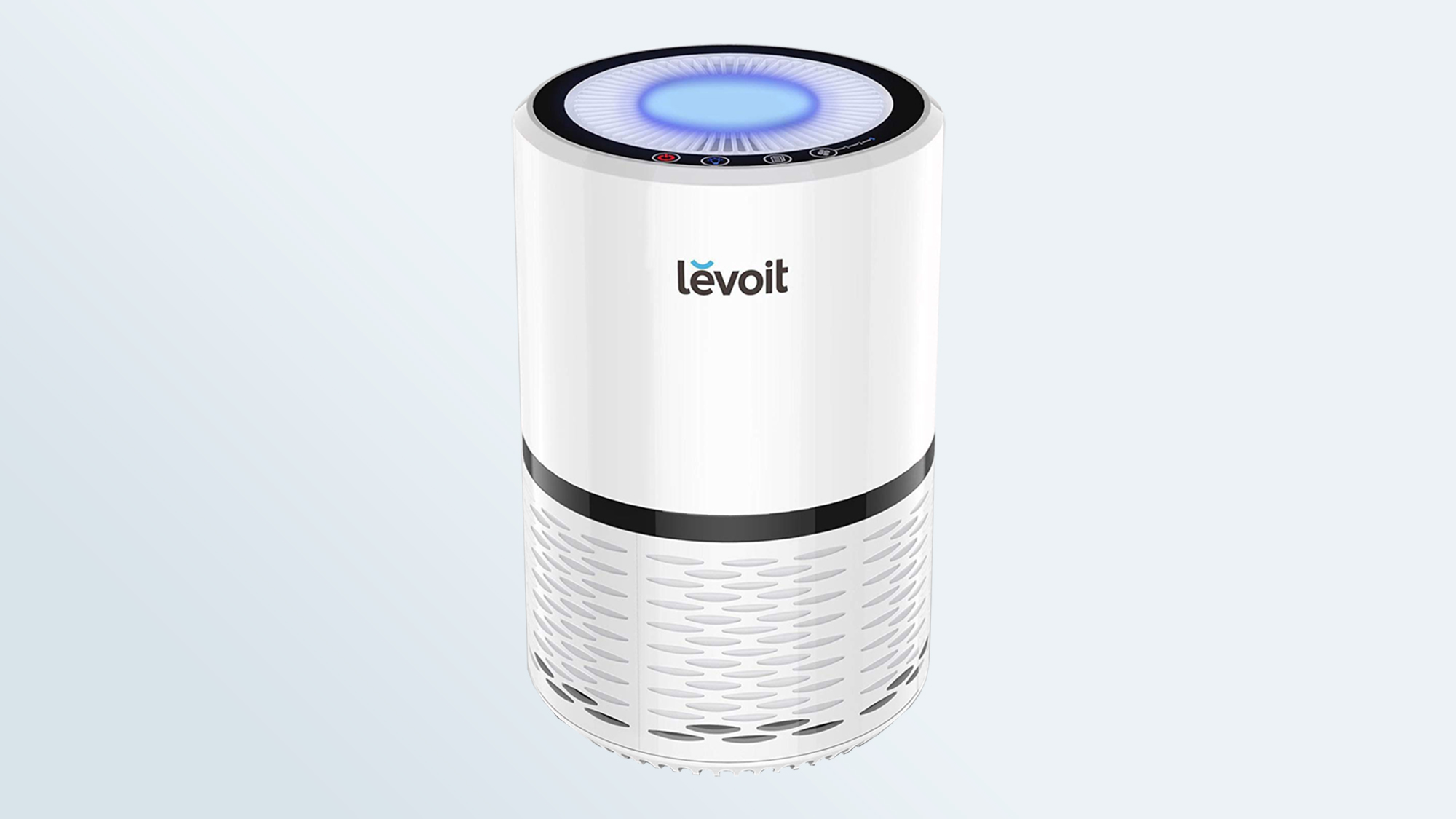
Small air purifiers like the Levoit LV-H132 generally use less energy than larger ones, but they clean much smaller spaces.
On the flip side, air purifiers that are rated for large rooms and that have higher fan speeds, such as the Coway Airmega 400, tend to draw more energy.
A few air purifiers have "eco" modes that power down the devices and place them on standby when their sensors no longer detect airborne pollutants.
MORE: Best air purifiers: Clean air for allergies, pets and mold
You can usually find your air purifier's estimated energy usage in the product specs. We've seen devices that supposedly draw as little as 1.5 watts on low, as well as power-hungry ones that draw more than 200 watts on high. You may not even notice the impact of the former on your electricity bill, but the latter could add up.
9. Bonus features
Some air purifiers come with additional features, such as:
- Filter-replacement indicator light
- Dimming and display shut-off options
- Programmable timer
- Remote control unit
- Smart functions (digital assistant and/or app integration)
These extras can add convenience to an air purifier, but they're not necessarily worth the added expense. For instance, you could set a calendar reminder to change your filter based on your air purifier's maintenance schedule, so you don't need the filter replacement light.
However, the smart connectivity can be useful if it displays the difference the air purifier is having on the environment. Dyson's models are known for doing this. That way you can see the current quality of the air to much greater detail.
Our top air purifier pick, the Coway AP-1512HH Mighty, includes several of these nice-to-have features and is reasonably priced. But in general, we'd recommend prioritizing other factors if your budget is a concern.
Air purifiers: Bottom line
There is no single air purifier that's right for everyone. When you're shopping for an air purifier, always look first at the CADR ratings and filter types to get an idea of how effective the air purifier will be for your specific needs.
Once you've identified an air purifier that offers the best filtration for common pollutants in your home and that is the right size for your space, evaluate secondary features like noise levels and portability. Also make sure that the air purifier's energy costs and ongoing maintenance costs are within your budget.
Sign up to get the BEST of Tom's Guide direct to your inbox.
Get instant access to breaking news, the hottest reviews, great deals and helpful tips.
Emily Long is a Utah-based freelance writer who covers consumer technology, privacy and personal finance for Tom's Guide. She has been reporting and writing for nearly 10 years, and her work has appeared in Wirecutter, Lifehacker, NBC BETTER and CN Traveler, among others. When she's not working, you can find her trail running, teaching and practicing yoga, or studying for grad school — all fueled by coffee, obviously.

